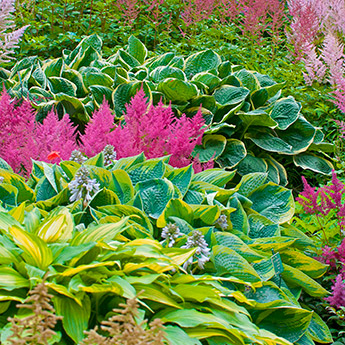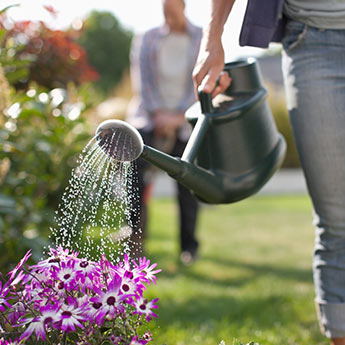Shop Categories
- Vegetables
- Asparagus
- Beans
- Beets
- Broccoli
- Brussels Sprouts
- Cabbage
- Carrots
- Cauliflower
- Chard
- Cole Crops
- Corn
- Cucumbers
- Eggplant
- Garlic
- Gourds
- Greens
- Heirloom Vegetables
- Herbs
- Kale
- Kohlrabi
- Lettuce
- Okra
- Onions
- Peas
- Peas - Southern
- Peppers
- Potatoes
- Pumpkins
- Radishes
- Rhubarb
- Root Crops
- Seed Tape
- Spinach
- Sprouts/Microgreens
- Squash
- Sweet Potatoes
- Tomatoes
- Fall Harvest Vegetables
- Fruits
- Perennials, Bulbs & Flowers
- Trees & Shrubs
- Garden Supplies
- New This Season
- Gurney's Choice
- Niles' Favorites
- Only From Gurney's
- Deer Resistant Plants

Fall Harvest Vegetables
Fall Vegetables for Sale by Gurney's
At Gurney's, we're always looking for ways to extend the harvest season. That's why we grow fall harvest vegetables like broccoli, lettuce, beets, radishes and bush beans in our trial gardens. We note what autumn crops perform best in the cool fall weather and what ones are the best tasting. The fall harvest vegetables for sale by Gurney's represent some of the best varieties for the fall harvest season.
Types of Fall Harvest Vegetables
When selecting vegetables for the fall garden, choose vegetables that thrive in cooler temperatures and mature quickly. They tend to fall into four categories.
Cole crops like broccoli, cauliflower and Brussels sprouts love the cool temperatures and often taste sweeter after a light frost. These crops are usually started by seed indoors during the summer and transplanted to the garden.
Root vegetables like radishes, beets, parsnips and carrots also appreciate the cooler temperatures of fall. Quick-maturing potato varieties can also be planted in the fall. These fall seeds are directly sown into the garden.
Fast-maturing, warm season vegetables, like bush beans, cucumbers and summer squash are also good choice for the fall garden. These fall vegetable seeds are directly sown into the garden.
With a little planning, leafy greens like spinach, lettuce and arugula can be grown into late fall and sometimes, depending on where you live, into early winter.
Growing Fall Vegetables
Growing a fall vegetable garden is a bit different than growing vegetables in the spring. Some special considerations include watering, providing protection from the sun and pests, and providing frost protection. Here are some guidelines for planting and harvesting your autumn crops.
When To Start Fall Seeds
How to Plant Fall Vegetable Seeds
Sowing seed for the fall garden is similar to planting in the spring with a few exceptions. To provide some shade from hot summer temperatures, some gardeners will sow seeds in an area where other plants can provide a bit of shade from the afternoon sun. Also, because the soil is often drier in the fall, plan to water your garden more frequently. For more tips on planting, visit Planting Your Vegetable Garden and Planting Your Urban Vegetable Garden.
How to Care for Fall Vegetables
In addition to tending to your plants' water needs, you may also have to protect your fall vegetables from pest pressure and early frosts. Using lightweight fabric covers, tunnels and other Season Extenders can protect your plants. Making sure you have these supplies on hand weeks before the first fall frost date in your area.
When is Fall Harvest
Many vegetables can be harvested throughout the fall. Keep an eye on the weather forecast, though, as some vegetables, like bush beans, cucumbers and summer squash, should be harvested before a frost. Other vegetables, like cole crops and some root vegetables can handle a light frost.
How to Harvest Fall Vegetables
When harvesting fall vegetables, keep in mind that most vegetables are the most tender and flavorful at the smaller stages or just before maturity. For tips on harvesting specific vegetables, visit Vegetable Seeds Harvesting Vegetables.













